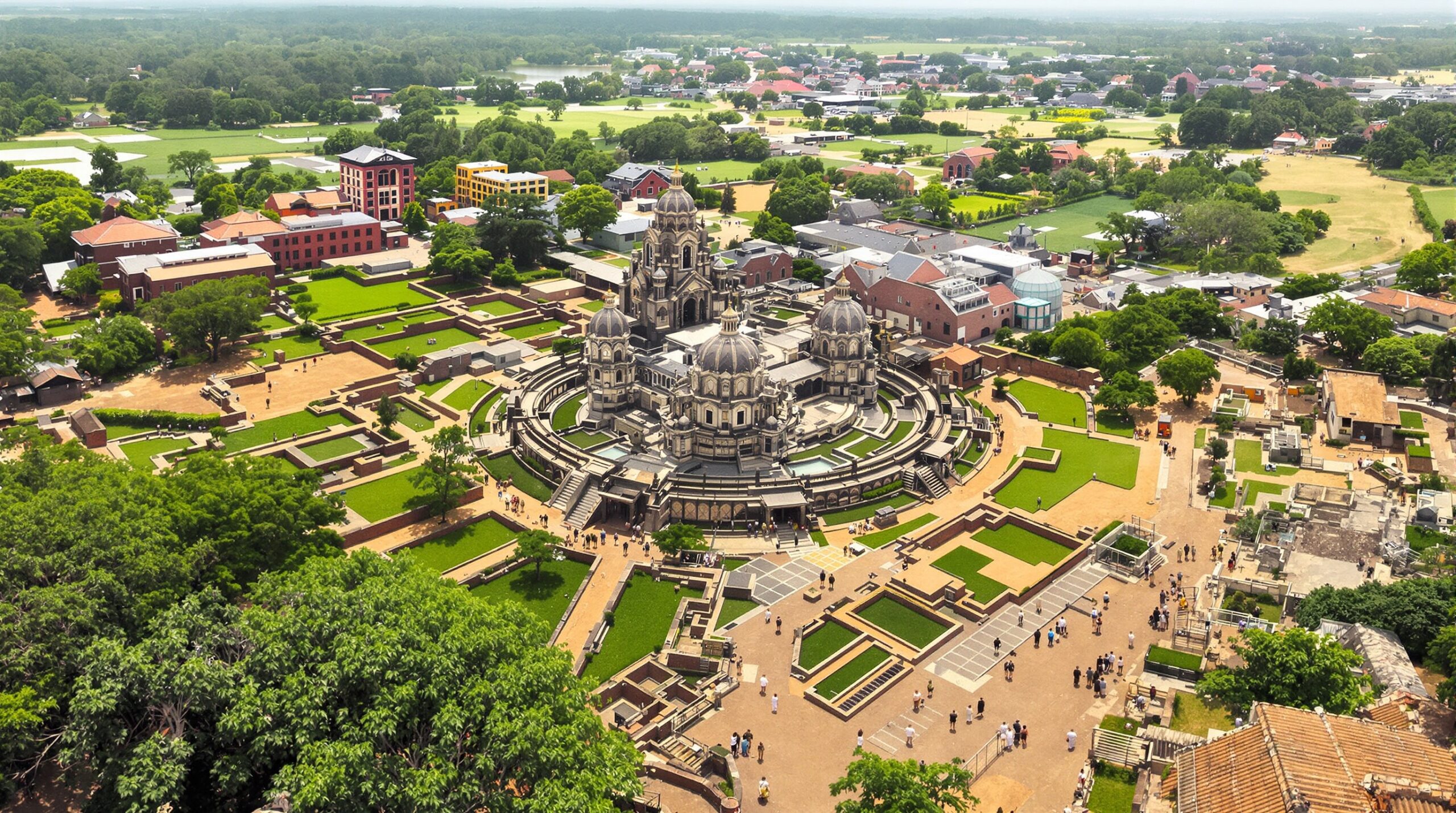Human cultural heritage is invaluable, but time, natural disasters, and human activity constantly threaten its preservation. Today, AI-driven tools are offering innovative solutions to the challenges heritage sites face. By leveraging artificial intelligence, experts are revolutionizing how we document, restore, and manage historic locations across the globe.
Digital Documentation Through High-Precision AI
Traditional methods of documenting heritage sites relied on photography, sketches, and written records. These practices, while essential, often lacked the detail and accuracy needed for long-term preservation. Artificial intelligence now powers advanced imaging techniques that drastically improve the quality of digital documentation. High-resolution 3D scanning, guided by AI algorithms, captures every nuance of architectural and artistic elements.
For instance, AI tools can stitch together thousands of photos to build accurate three-dimensional models of monuments or ruins. These models help researchers study a site remotely and even simulate how elements might deteriorate over time. Additionally, they ensure that even if physical structures are damaged, detailed digital records can remain for future generations.
Predictive Maintenance and Risk Management
AI-driven tools excel at processing vast amounts of environmental data, which helps heritage managers anticipate possible threats. By analyzing weather patterns, pollution levels, and visitor foot traffic, AI systems provide real-time insights into a site’s vulnerabilities. These predictive analytics help prioritize maintenance activities to mitigate risks before significant damage occurs.
For example, at the Acropolis of Athens, AI systems assess structural stresses that might be worsened by earthquakes or tourist impacts. Similar applications at Angkor Wat use machine learning to monitor water damage and forecast conservation needs. These proactive measures reduce restoration costs and extend the lifespan of treasured landmarks.
Automated Restoration Techniques
Artificial intelligence is reshaping restoration by automating complex repair decisions. Through deep learning, AI tools analyze photographs, old maps, and digital scans to reconstruct missing portions of damaged artifacts. This technology allows conservators to restore sculptures, frescoes, or even architectural features with unprecedented accuracy and speed.
One remarkable example is the restoration of Palmyra’s ancient arch in Syria, destroyed by conflict in 2015. AI-aided software used historical records and crowd-sourced images to generate models for 3D printing. This approach enabled specialists to recreate the lost structure more faithfully than ever possible through manual interpretation.
Enhancing Public Engagement with Virtual Heritage
AI is not only a tool for experts but also a gateway for public education and engagement. AI-powered augmented and virtual reality platforms allow users worldwide to experience historical sites interactively. These digital experiences include virtual tours, realistic reconstructions, and even AI-generated narratives that share historical context with visitors.
This technology makes heritage sites accessible to those unable to travel, such as students, researchers, or people with mobility challenges. The digital preservation of sites like the Lascaux Caves in France ensures broader access while protecting fragile physical remains. Through AI, cultural education becomes immersive, engaging, and inclusive.
Combatting Illicit Trafficking and Vandalism
AI-driven surveillance and monitoring tools are making a significant impact in protecting heritage sites from theft and vandalism. Advanced image-recognition algorithms quickly identify suspicious behavior or unauthorized removal of artifacts. Alerts can be sent directly to site managers or law enforcement, enabling swift responses to threats.
Furthermore, global AI networks help track stolen items as they move through black markets. These networks compare digital images of missing artifacts against online listings or auction catalogs. Increasingly, AI tools are serving as early warning systems for heritage protection efforts worldwide.
Addressing Challenges and Ethical Considerations
While AI-driven tools offer transformative benefits, their adoption poses certain challenges. Accurate data collection and reliable algorithm training require extensive cooperation between local authorities, technologists, and cultural experts. Misuse or errors in AI interpretations could lead to inaccurate restorations or biased representations of cultural history.
Ethical concerns also surround the ownership and accessibility of sensitive heritage data. Local communities and governments must have a say in how AI tools are developed and deployed. Open dialogue is crucial to ensure technology serves the preservation of cultural identity rather than undermining it.
Collaborative International Initiatives
International partnerships are amplifying the effects of AI-driven heritage preservation. UNESCO and organizations like CyArk are spearheading global projects that digitally document at-risk sites. AI platforms facilitate the sharing and analysis of data across borders, fostering knowledge exchange among conservators and researchers.
Such collaborations enable unified responses to crises such as war, climate change, or natural disasters. When Notre-Dame Cathedral in Paris suffered a fire, digital scans aided rapid planning for its restoration. This collective approach demonstrates the far-reaching impact of combining AI capabilities with universal heritage stewardship.
The Road Ahead for AI and Heritage Preservation
AI-driven tools are just beginning to unlock new possibilities for safeguarding humanity’s shared heritage. As artificial intelligence advances, we can expect even more sophisticated monitoring and restoration methods. Machine learning will enable faster adaptation to emerging threats and climate-related changes.
Importantly, ongoing collaboration among technologists, conservators, and local stakeholders will be essential. Responsible innovation ensures that AI benefits heritage sites without compromising historical authenticity or community values. The fusion of cutting-edge technology and traditional knowledge shapes a resilient future for global cultural monuments.
Conclusion
AI-driven tools are transforming heritage site preservation on an unprecedented scale. Detailed documentation, predictive protection, innovative restoration, and immersive public engagement are revolutionizing the field. By addressing challenges and prioritizing ethical practices, these technologies can secure a living legacy for generations to come.

